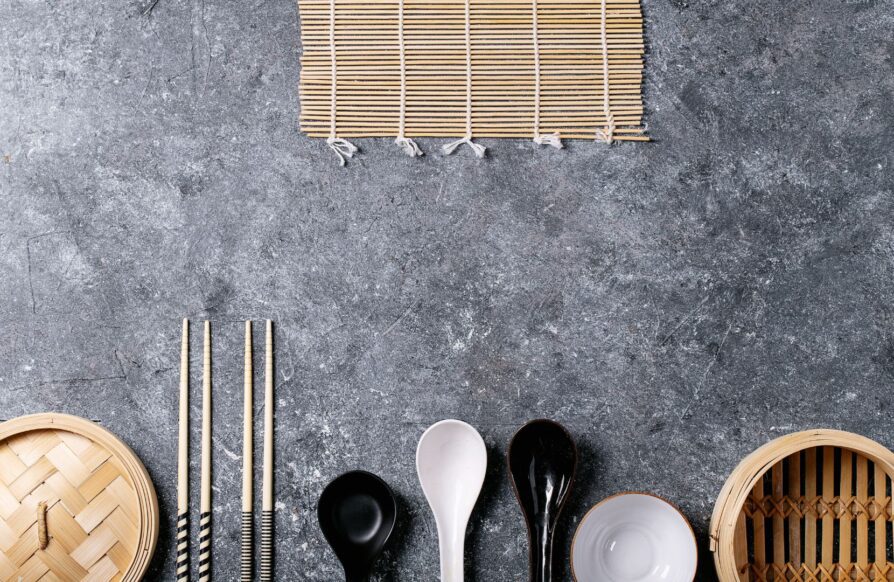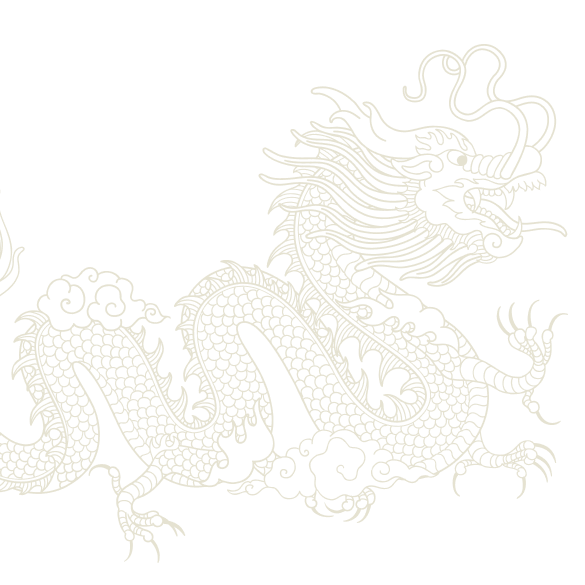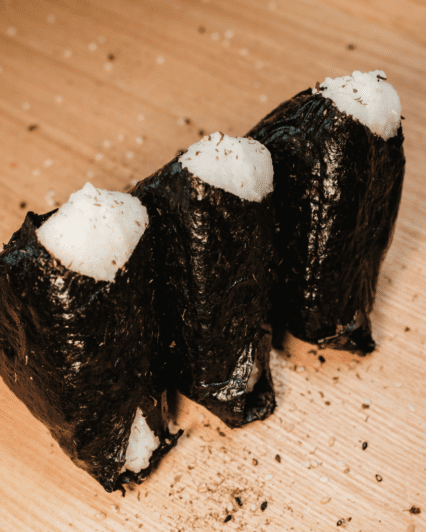East and Southeast Asian Food Etiquette to Know
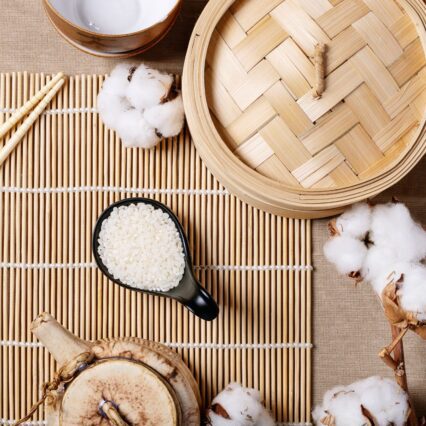
East and Southeast Asian Food Etiquette to Know
Throughout the world, different customs can collide and lead to confusion (or worse) between people who interpret certain actions differently. Here in the Pacific Northwest, we’ve got a mix of many Asian cultures that have immigrated in different waves over the last 150+ years, so many residents of this region are more familiar with certain food etiquette than in other parts of the country.
Still, for that are outside of an Asian family or who aren’t otherwise immersed in Asian culture, there are certain customs that are less familiar. Obviously, these cultures are quite diverse, so it’s impossible to discuss food customs across an entire continent as if it’s just one monolith, but there is some amount of overlap. Whether trveling in Asia or being invited to a family gathering, here are some etiquette tips that can help us better understand each other.
Utensils
Utensils vary by culture. Many people from Europe and North America incorrectly just associate chopsticks with being the one and only utensil across most (or all) East and Southeast Asian cuisine, but that’s not it.
In some countries, particularly up north, chopsticks are predominant. As you get into Southeast Asia, some cultures use chopsticks just for some foods while others don’t use them at all. In Singapore, you might just use a knife and spoon, in Korea a spoon and chopsticks, and for some Indonesian foods, you’ll use just your hands.
This might be a given, but in case it’s not: When eating dishes where chopsticks are used, don’t stab your food. That behavior is like something a slobby 10-year-old boy would do.
Also, in thicker food or rice where you could stand your chopsticks straight up in the dish: Don’t do it. That’s considered generally bad vibes as it’s reminiscent of death and funeral rituals.
Lastly regarding chopsticks here is something that many people already know, but for those who haven’t heard this yet, pointing with your chopsticks isn’t considered, uh, particularly polite. If you’re someone who talks with your hands, best to lay the chopsticks down first.
As for other utensil-related etiquettes, you may be served family style depending on the culture and the food itself. In these cases, don’t use your own silverware or chopsticks to serve yourself, but rather the accompanying serving utensils. If you must use your own chopsticks, use the opposite end so that you’re not touching the communal food with parts you’ve already eaten off of, and be sure to put food on your plate first instead of popping it into your mouth straight from the serving dish (no matter how tempting and delicious it might look).
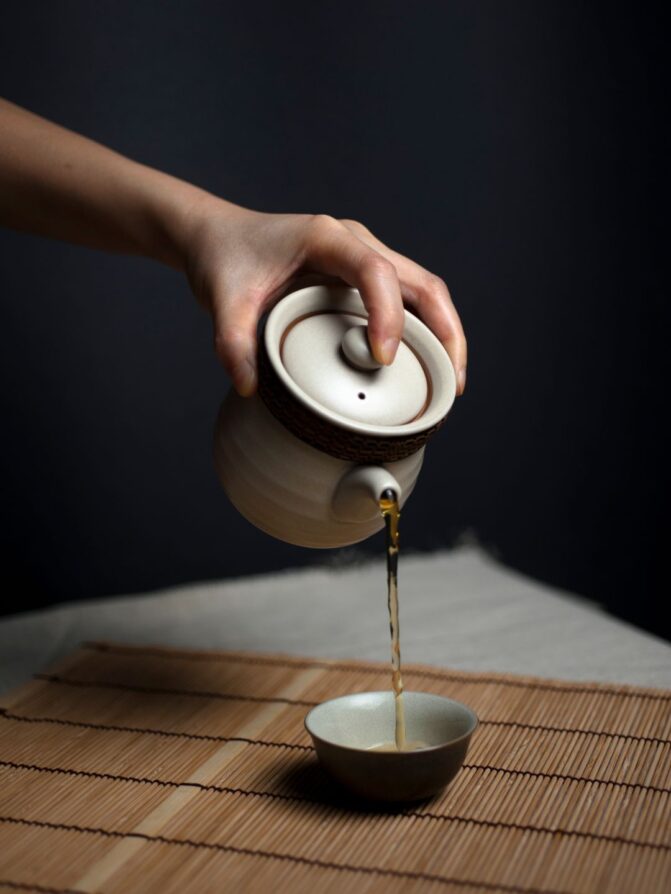 Etiquette for how to eat certain foods
Etiquette for how to eat certain foods
For certain foods, there are proper “steps” or methods for eating them. Some are associated with certain events or seasonal celebrations.
One custom some Americans are familiar with is how slurping noodle soup — especially in Japan but throughout many Asian cultures — is seen as a way of expressing your enjoyment, so acts as a polite compliment to the chef.
In China, there are many steps associated with serving and drinking tea properly.
If you’re the one pouring tea, pour it for yourself last. Before that, once you’ve poured tea for one person, finish pouring for everyone, and from there routinely top up your fellow tea-drinkers cups.
If someone else pours tea for you, you can thank them quickly and without interrupting the conversation with a little tap on the table with two of your index and middle fingers.
Some of this is similar to North America — generally speaking, someone making tea here will also offer it to everyone when making it, for example — but these customs are more ritualistically integral to the act of tea as a social medium.
Our last example here is sushi.
At a sushi restaurant, it’s considered proper to not put wasabi on nigiri because the chef has already put the correct amount of wasabi between the fish and rice. Sushi chefs train for years and years and years, so to think you might know better comes off as hubris, or at least disrespectful.
In a similar vein, it’s considered poor etiquette to do that thing some Americans do where you mash up a bunch of soy sauce, wasabi, and ginger in the soy dish, which ruins the individual complexities of all those ingredients.
Lastly on the soy sauce front are two things:
- Dip nigiri fish-side down and
- Don’t drown your sushi in the sauce!
For the first one, dipping the rice side of nigiri leads to the sushi absorbing more soy sauce than is ideal, plus it can affect the integrity of the rice. The second one… Well, we guess that’s kind of the more basic version of the first — soy sauce is supposed to complement sushi, not overwhelm it.
Behavior etiquette
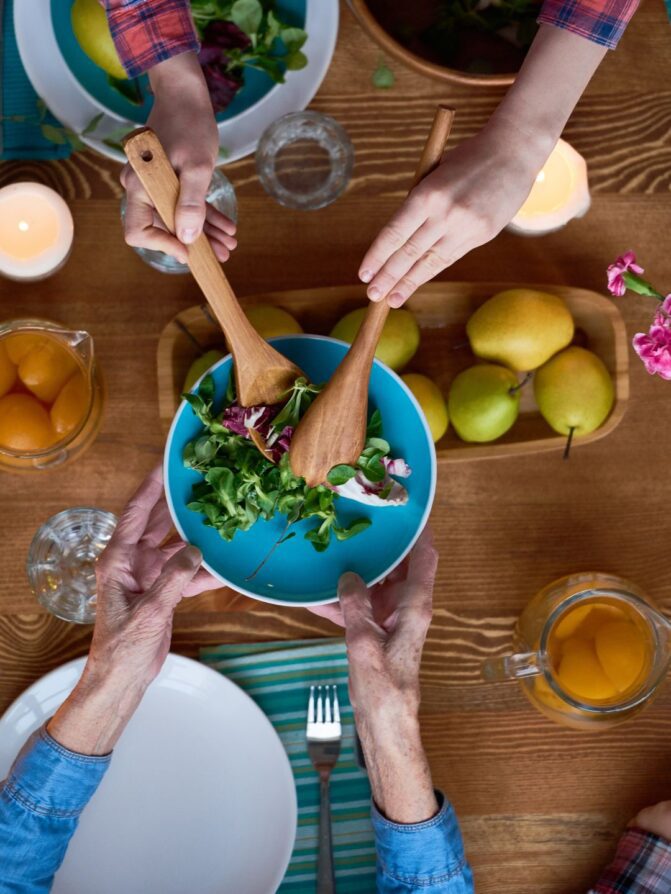 Here especially, a massive asterisk is that we’re dealing with a bunch of diverse cultures. Writing an exhaustive piece on every cuisine and culture would be impossible, or at least take up several books (and still be incomplete).
Here especially, a massive asterisk is that we’re dealing with a bunch of diverse cultures. Writing an exhaustive piece on every cuisine and culture would be impossible, or at least take up several books (and still be incomplete).
For example, it would be considered rude in some countries to eat before your elders or superiors — in others it would be rude to not eat right away and let it “go cold.” Similarly, drinking customs and their strictness vary from place to place. Familiarize yourself!
There are some practices in certain cultures that are similar to the US, like — almost universally — no elbows on the table! Also, especially in China and close cultures, it’s proper to at least “fight” to pay the bill, even if you know the other person will in the end actually end up paying. It’s all about the gesture!
Lastly, especially in Korea and China — but really everywhere no matter which continent you’re on — don’t be a finicky, picky eater about food that someone’s offered to you. Actually, maybe this is the single piece of etiquette that extends across all of humanity…
Otherwise, these are of course not exhaustive, but they’re good starting points and a decent foundation to have in mind. In general, if you’re unsure, it’s never a bad call to do a bit of research beforehand. As long as you pay attention to those around you and do your best to learn from their behavior, even if you’re not perfect, you should still be good to go.

